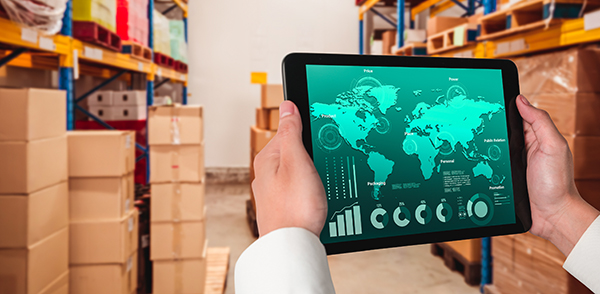
Large numbers of container ships waited outside ports, wreaking havoc on shipping schedules. There's also a struggle to hire truck drivers or warehouse workers to move cargo. As bottlenecks spread across the economy, companies resorted to excess ordering and stockpiling.
The disruption exposed the interconnections in supply chains, and how dependent some sectors are to others, such as the automobile industry being dependent on the few semiconductor factories in Taiwan or the pharmaceutical industry being dependent on the ingredients and fine chemical imports from China.
This led companies and governments to question their dependence on distant suppliers and links to logistics that might be prone to interruption, not only because of public health crises like COVID-19 but also because some of them may be politically motivated.
Because of this, "resilience" has become the new watchword in the economy. How quickly a company can bounce back from an interruption of supply of critical products, components, or raw materials became a gauge to their success. What if China cuts off the U.S. access to rare-earth minerals, conductor chops or even drug ingredients?
Calls for resilience led to a push toward domestic production in the U.S. or within the European Union of PPEs, semiconductors, pharmaceuticals and anything else that might be exposed to future disruption. This move mirrors China's "dual circulation" strategy, where it stays open for the world to buy its exports while fostering a domestic market that is not dependent on foreign-sourced critical materials, whose supply may be interrupted.
The best way to make supply chains more resilient is by mapping out suppliers, manufacturing plants, distributors and other elements of the network. There is also a need to apply a stress test to evaluate the ability of an industry to recover from the disruption of these sites. Once there is an understanding of where problems are located, mitigation strategies can be considered better.
Resiliency will not make a lot of difference
Resiliency in the supply chain sounds great, but there are some things that companies and governments can do to increase their ability to respond to future shocks. While many will see some improvements, there may not be enough difference to make over the long term – especially for withstanding widespread shocks like another pandemic.
There is also a limit to how much companies can reshore manufacturing. If labor costs aren't a dominant factor in the costs, then domestic assembly costs don't have to be an issue. Thus, there are still strong domestic manufacturing targets for high value-added products like medical devices, jet engines or even Tesla vehicles.
Production can be easily relocated as there are already a few domestic battery factories being planned or are under construction.
However, products with labor-intensive assembly face dual challenges of hiring and training people to do the work. And when companies move production to places like China, the costs of setting up new factories, training workforce and establishing local supply chains were paid for by the costs savings in the final products. (Related: Small businesses suffering due to supply chain crisis.)
Labor works allow companies to move from a high-cost country to a low-cost country, but going the other way is problematic as it will add more costs for the move, causing diminished profit margins among others.
It then becomes a question of whether or not Americans will pay higher prices for goods made in the U.S., which is highly unlikely. People can't expect the kind of labor-intensive production to move back into the country, at least not in the foreseeable future.
Read more news related to the economy at Bubble.news.
Sources include:
Please contact us for more information.




















